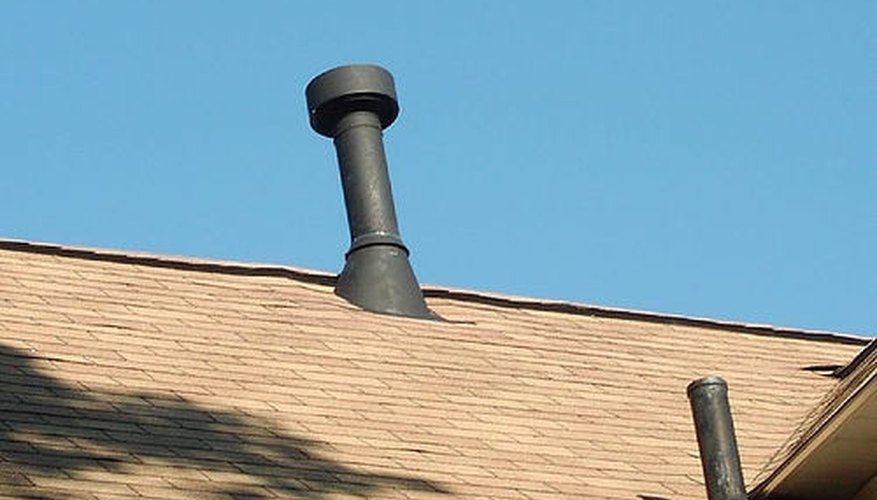Leaking roofs can become a serious problem and must be repaired as soon you notice the issue. Once a leak occurs, it will only get worse over time. Although the problem may sound daunting, the actual repairs themselves are straightforward and can be done by any competent DIYer. Fortunately, the most common areas of a leaking roof are around either the attic roof vents or the ridge roof vents, which have been added into the roof to allow air circulation in the attic.
Safety first
Fixing a leaking roof vent requires getting on top of the roof and being in a high place. If you do not feel comfortable with that aspect, call in a professional to handle the job.
- Fixing a leaking roof vent requires getting on top of the roof and being in a high place.
- If you do not feel comfortable with that aspect, call in a professional to handle the job.
If you do intend to fix it yourself, make sure any ladder you will use to get on the roof is securely placed with all four feet touching the ground, while making sure that the ladder supports are in a fully locked position. Only then is it safe to proceed.
Roof vent leaks
Inspection of the vent area comes first. A leak may be a simple case of a few broken or blown away shingles that are no longer in place, at which point new ones can be nailed on in the same place, which will stop the leak. However, if the shingles are all in place, look for cracking or separation at the base of the vent itself where old sealing tar has weathered. If that's the case, you may be able to fill in the cracks with new roofing tar or a silicone roofing caulk, each available at your local hardware store.
If repairing the cracks or separations does not stop the leaking, a rubber plastic boot should be installed that slips over and then is glued to the actual vent pipe, while the base of the boot is tarred over, causing a watertight seal.
- Inspection of the vent area comes first.
- If repairing the cracks or separations does not stop the leaking, a rubber plastic boot should be installed that slips over and then is glued to the actual vent pipe, while the base of the boot is tarred over, causing a watertight seal.
Ridge vent leaks
Ridge vent leaks are handled a bit differently. Generally the ridge vent fasteners, whether they are screws or nails, will come loose, allowing water to penetrate the area and leak into the attic. Careful inspection of the fasteners should be done, replacing any or all that are loose or no longer holding correctly. After the new ones are in place, the heads of these fasteners should be tarred or siliconed over for maximum weather protection.
- Ridge vent leaks are handled a bit differently.
- After the new ones are in place, the heads of these fasteners should be tarred or siliconed over for maximum weather protection.
